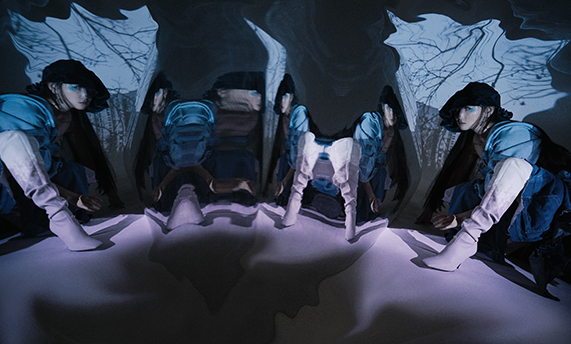
AURORA BOREALIS
Photographer and Art Director – Sveta Maximova @thesvetamaximova
Stylists – Gina Bryzgalova @ginabryzgalova, Yana Usanova @wheres.joanna
Producer – Artemy Chukrov @artemychukrov
Style Assistant – Alina Krutakova @krutakova_
Set Design – Sveta Maximova @thesvetamaximova
Make-Up and Hair – Aina Adamova @mua_ainora
Assistants – Alice Suleimanova @alice_suul, Alexandra Chizhova @chizzhik
Model – Roxolana Dambaeva @rrroxolana @newnowagency
Minerals – Minerals Shop @minerals_shop www.minerals-shop.ru
Special thanks to Yana Nikolaeva @ynnklv
Blouse – Irina Khakhileva @takto_ya_zmeya; Top – Mihaeli Design @mihaelidesign; Accessories – Ampersand @ampersand.ring; Mineral Weather @mineralweather; Blouse – Irina Khakhileva @takto_ya_zmeya; Skirt and hat – Sasha Shutkina @sashashutkina; Shoes – Zara
Dress – Muus @muus.brand; Vest – Onoma @onoma.clth; Coat – O5O @o5o.moscow; Pants – Mihaeli Design @mihaelidesign; Earrings – Ampersand @ampersand.rings
Blouse – Irina Khakhileva @takto_ya_zmeya; Skirt and hat – Sasha Shutkina @sashashutkina; Shoes – Zara
Top – Sasha Shutkina @sashashutkina; Corset – Alisa Kuzembaeva @alisakuzembaeva; Pants – Mihaeli Design @mihaelidesign; Dress – Nina Veresova @nina_lii; Shoes – Zara; Accessories – Ampersand @ampersand.ring; Mineral Weather @mineralweather
Blouse – O5O @o5o.moscow; Dress – Onoma @onoma.clth; Earrings – Ampersand @ampersand.rings; Coat – O5O @o5o.moscow; Pants – Mihaeli Design @mihaelidesign; Earrings – Ampersand @ampersand.rings
Dress – Muus @muus.brand; Vest – Onoma @onoma.clth; Blouse – Irina Khakhileva @takto_ya_zmeya; Top – Mihaeli Design @mihaelidesign; Pants – Muus @muus.brand; Shoes – Zara
Pants – Mihaeli Design @mihaelidesign; Accessories – Ampersand @ampersand.ring

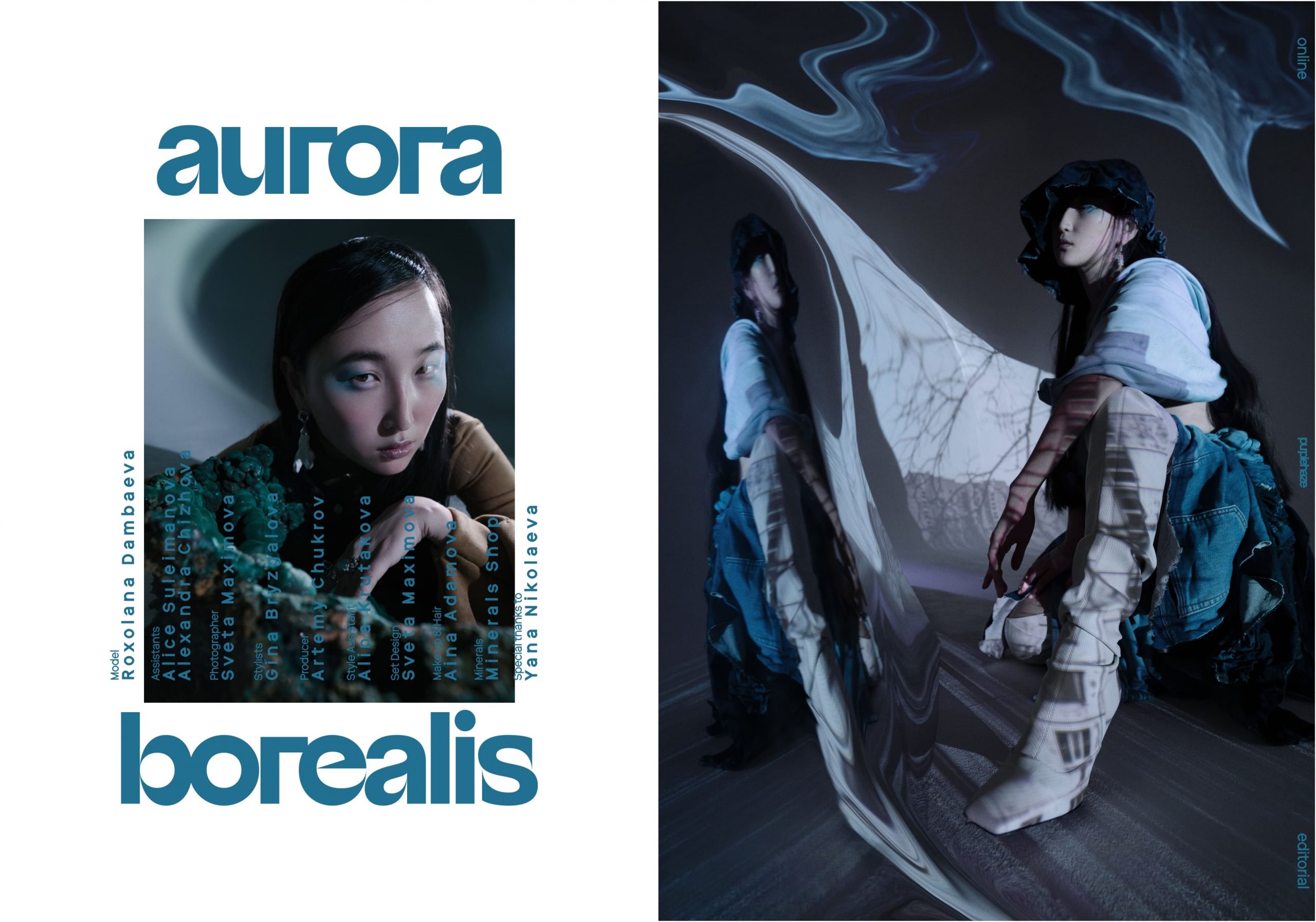
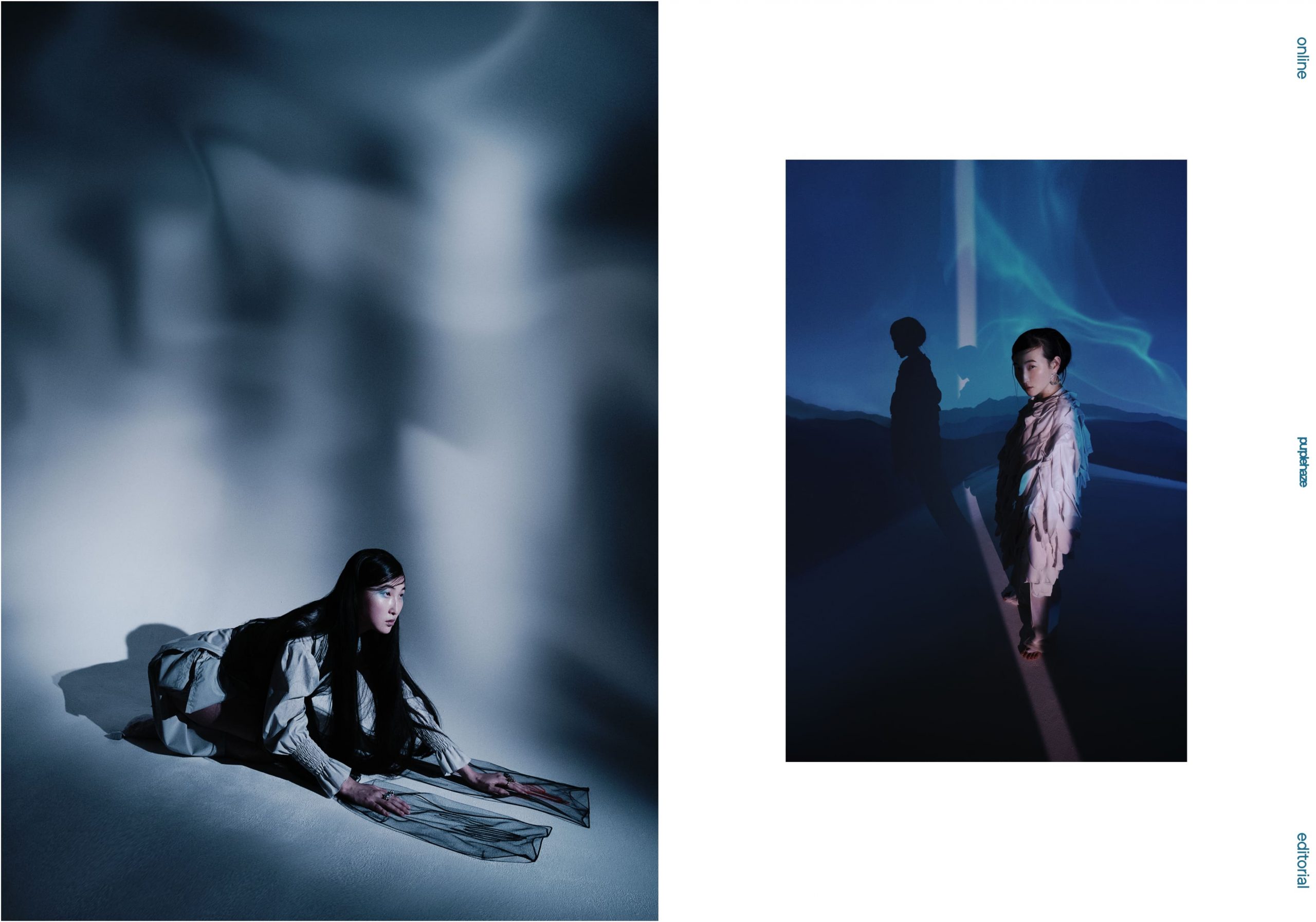
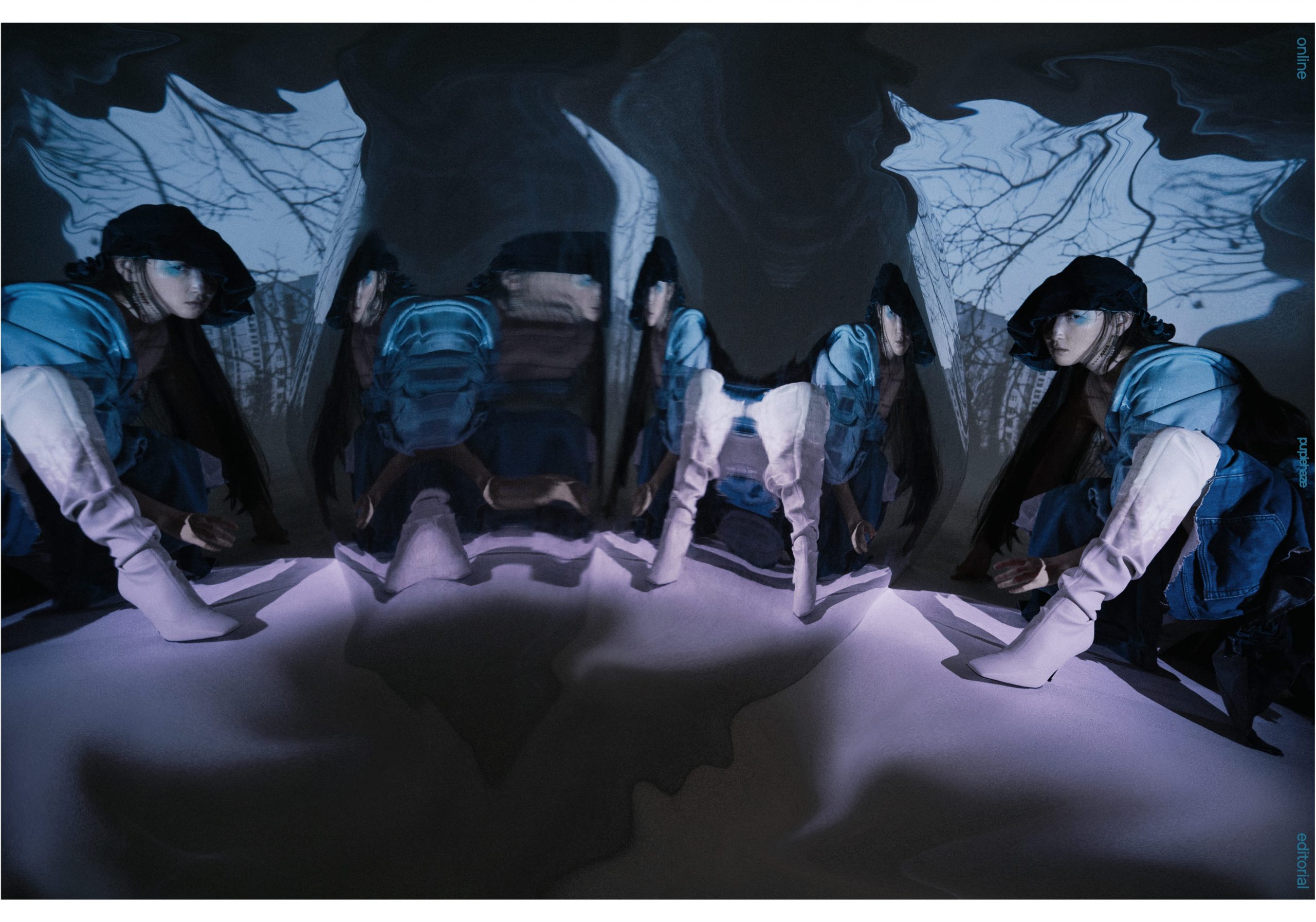

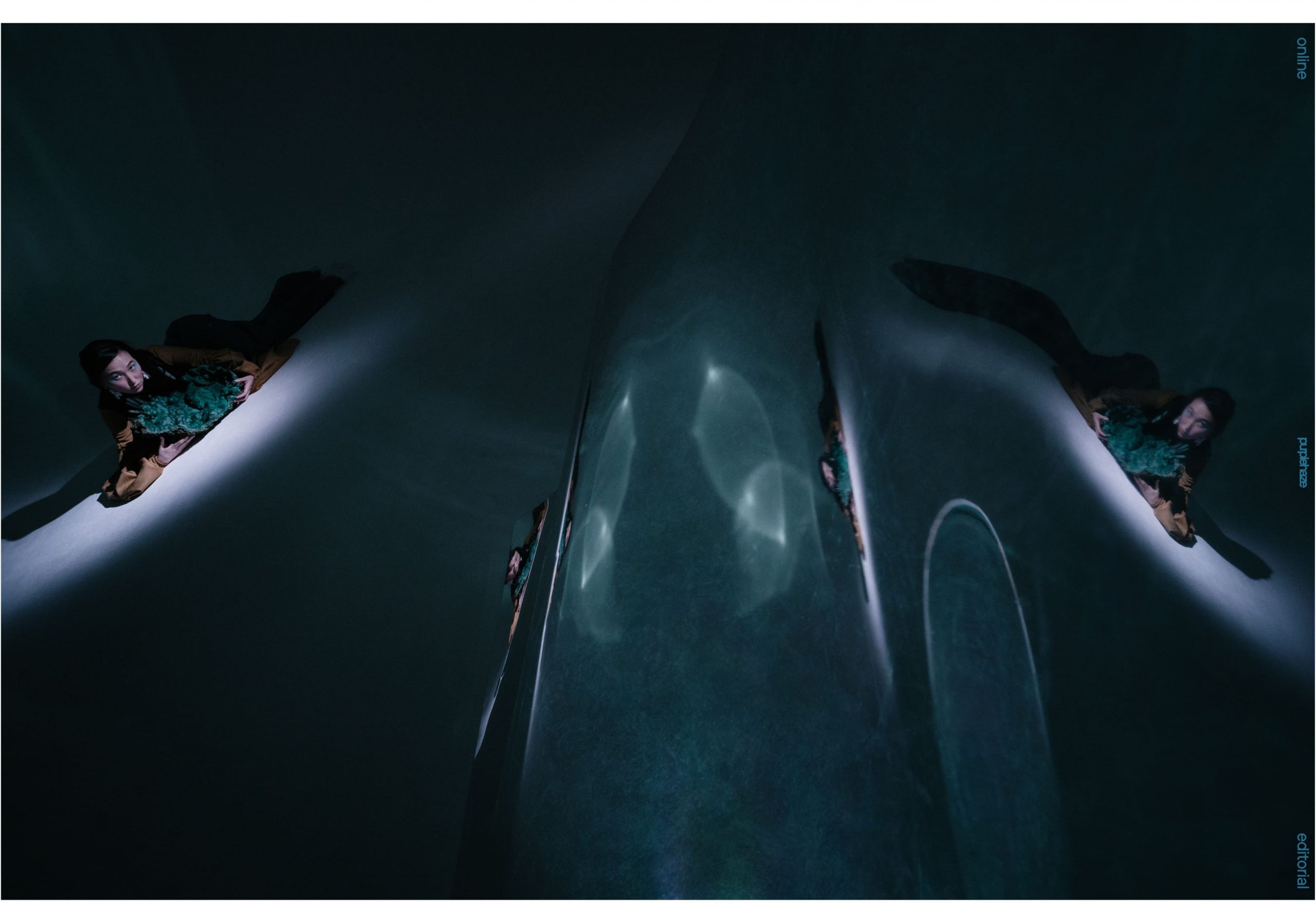
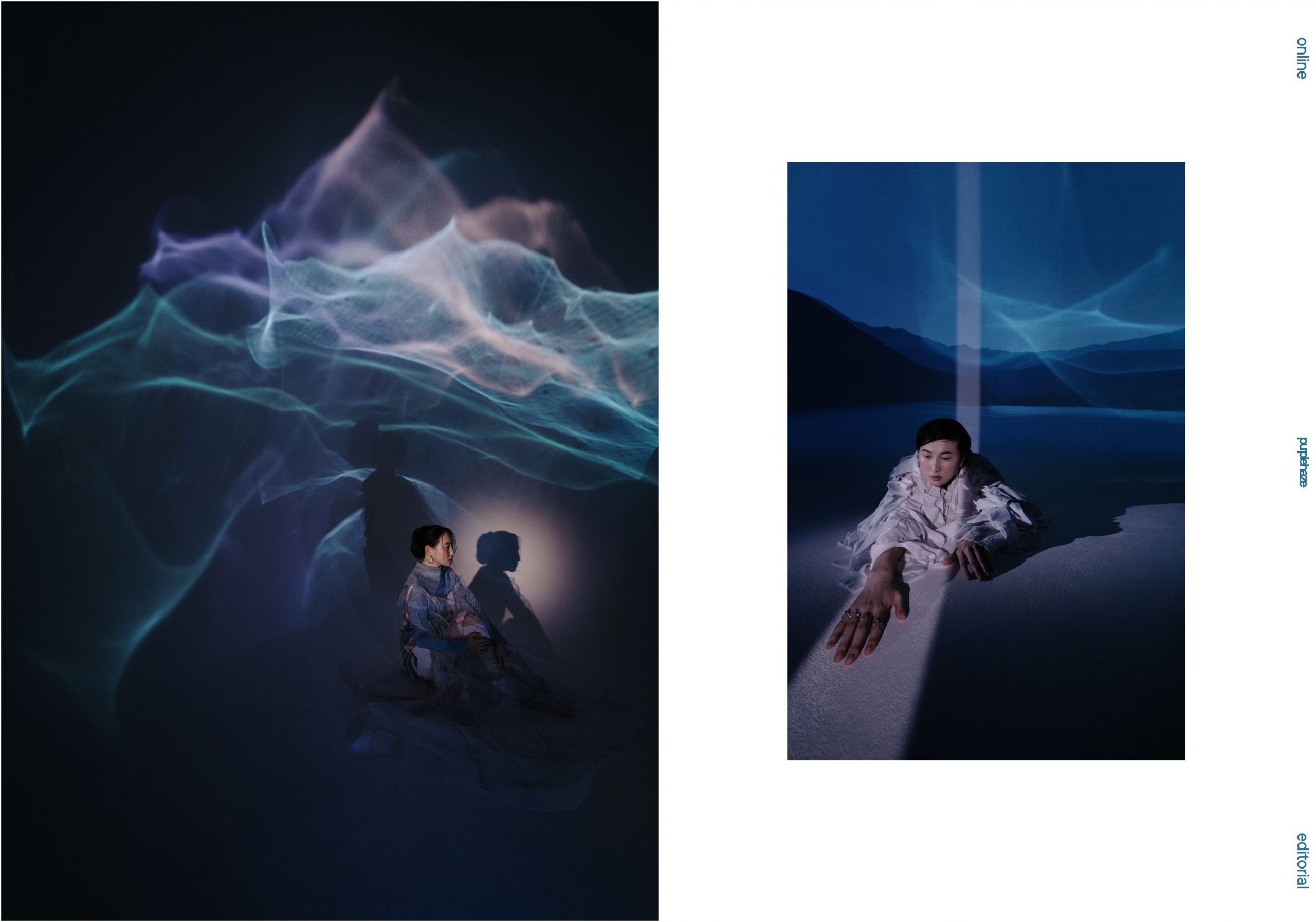
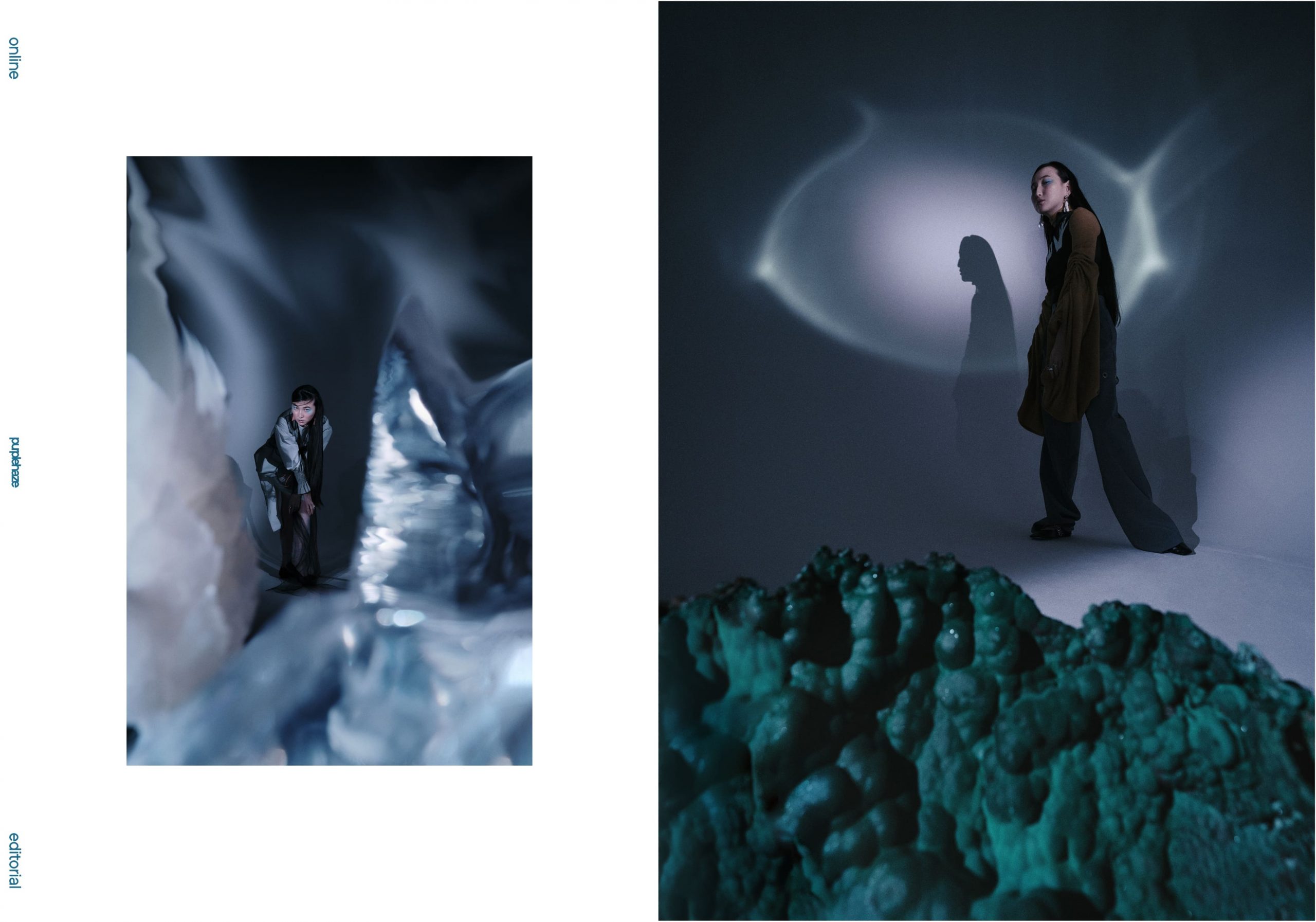

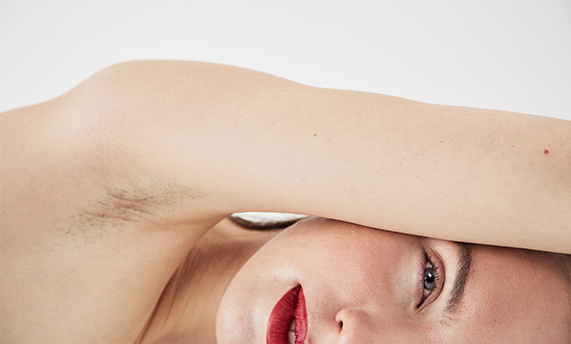
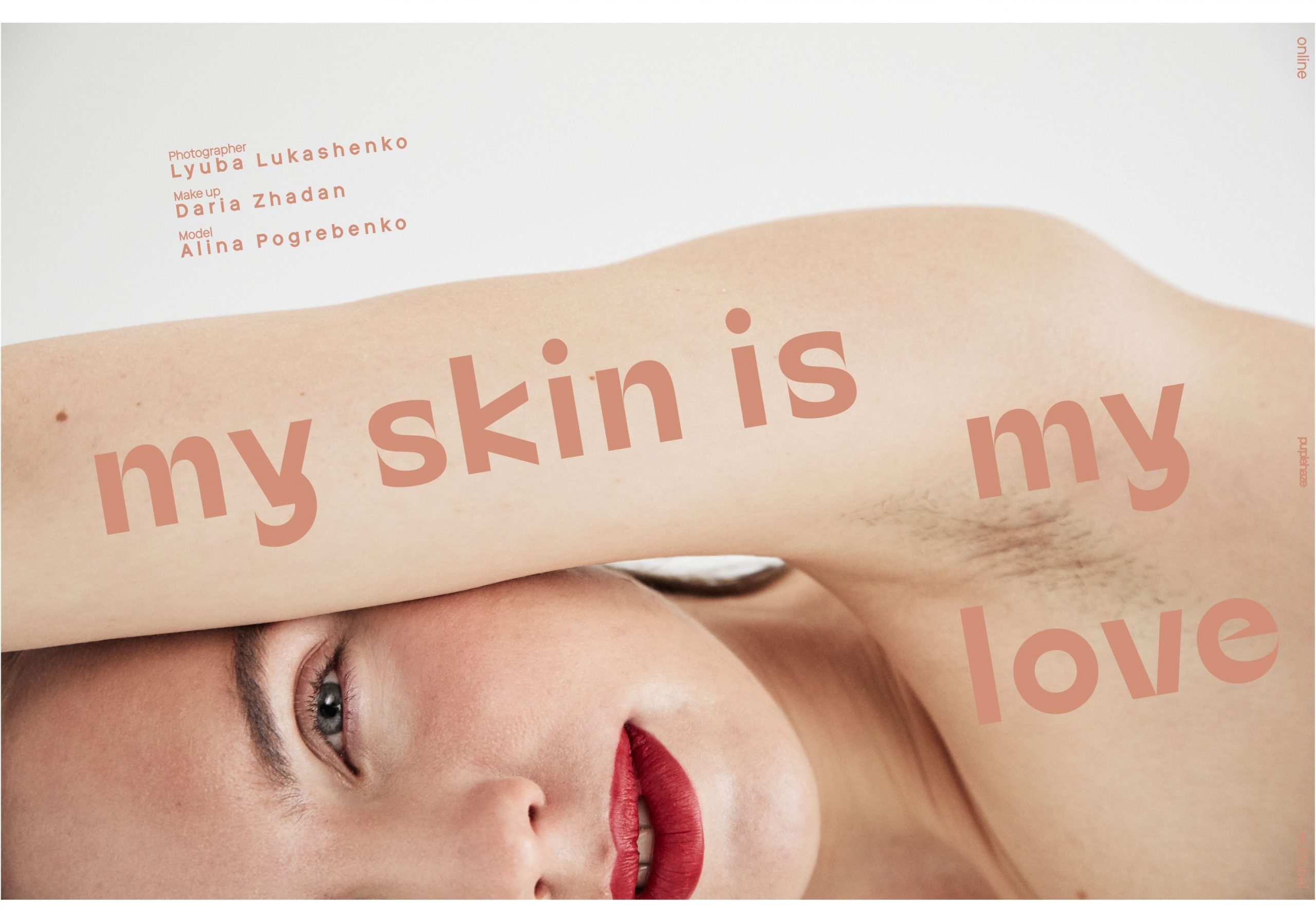
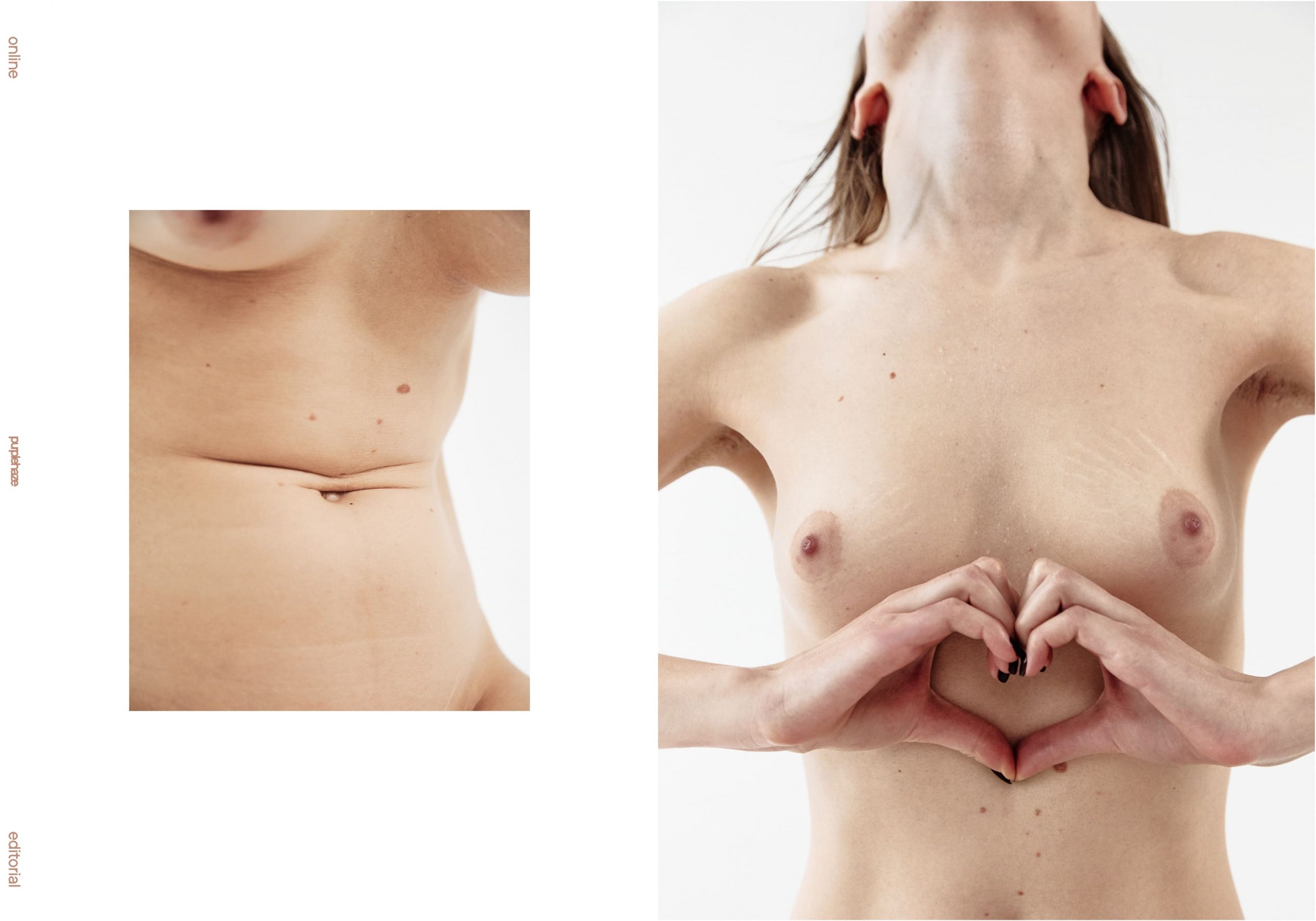

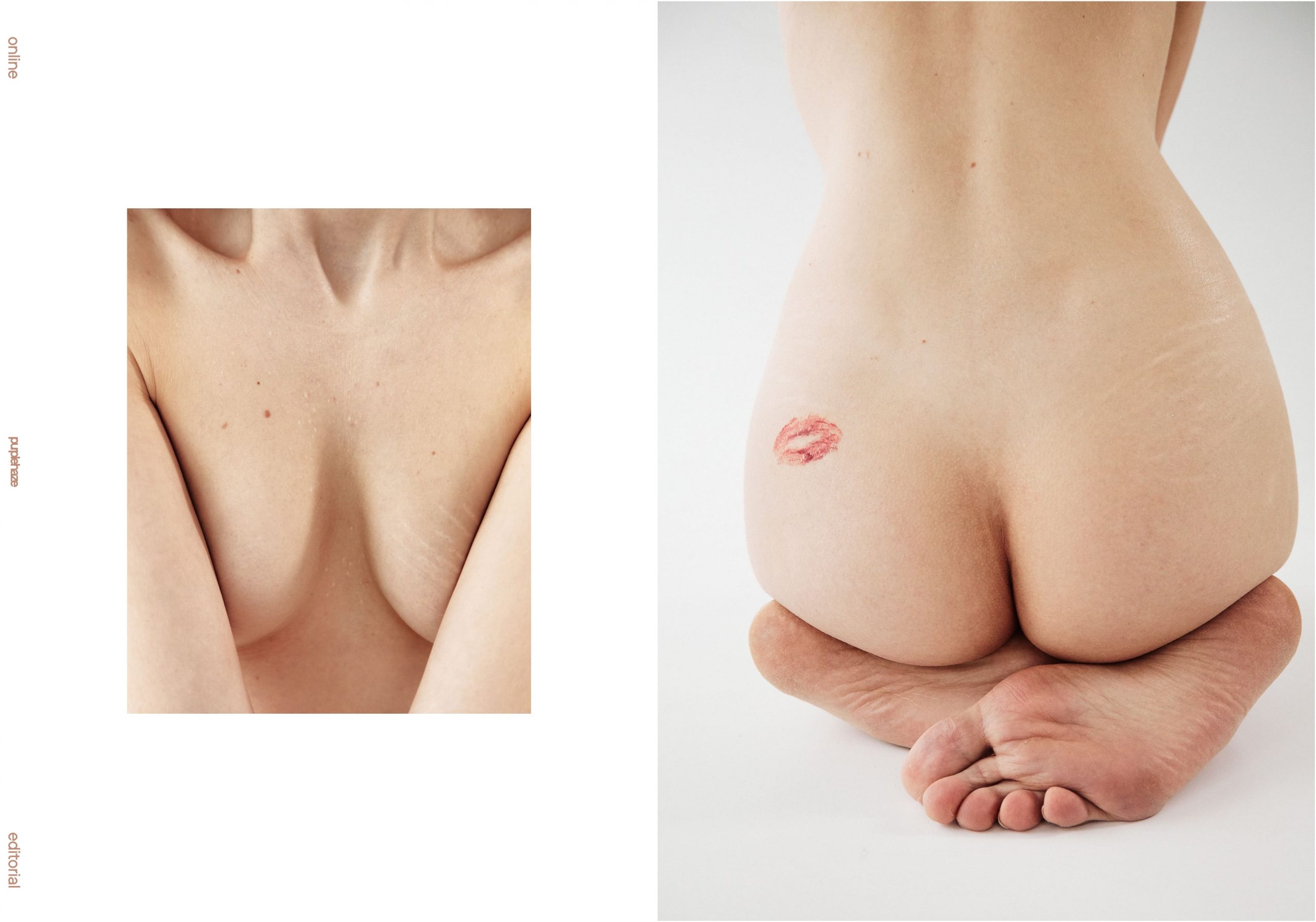
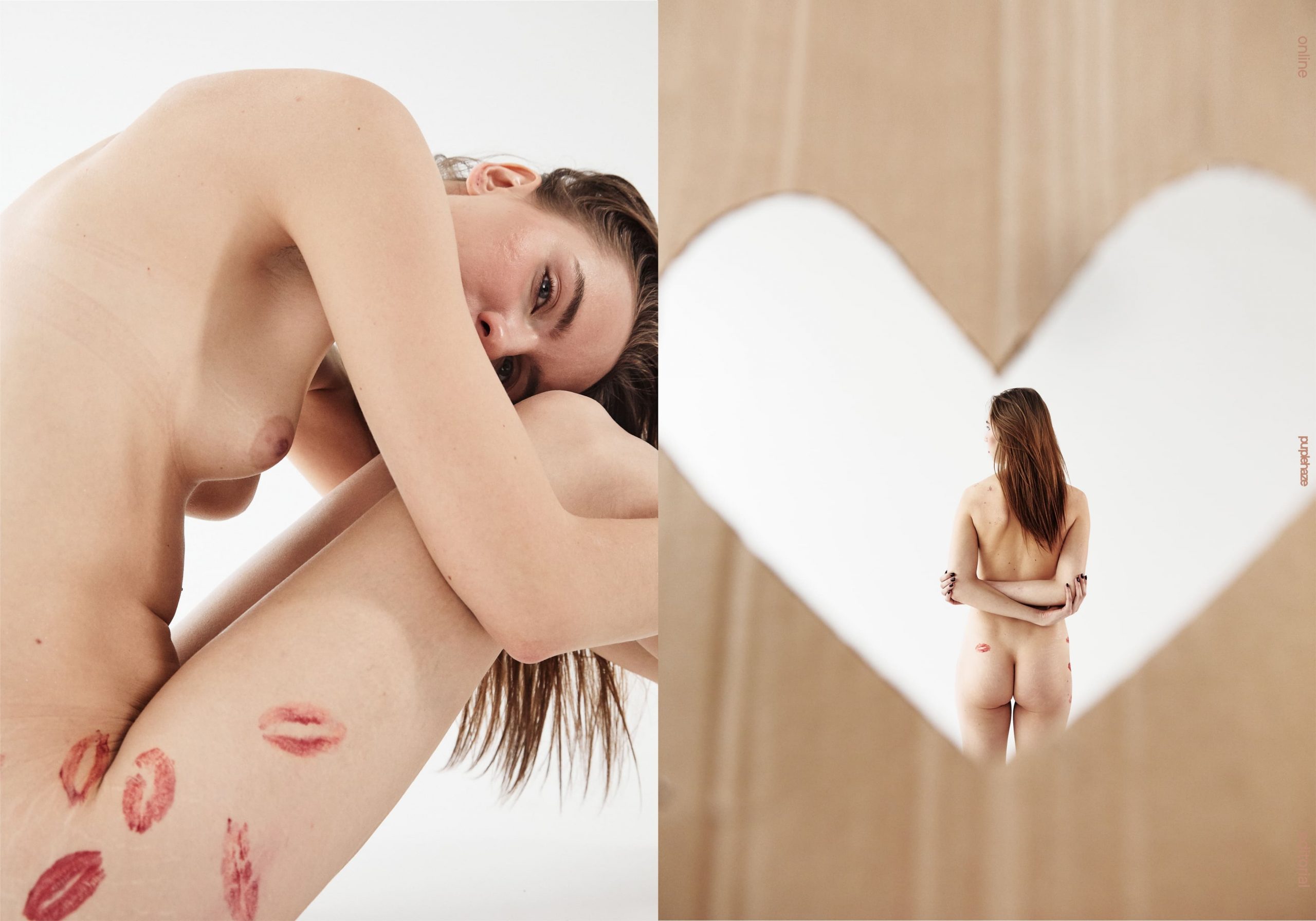
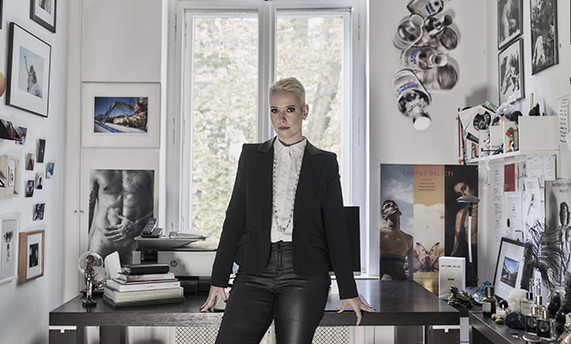
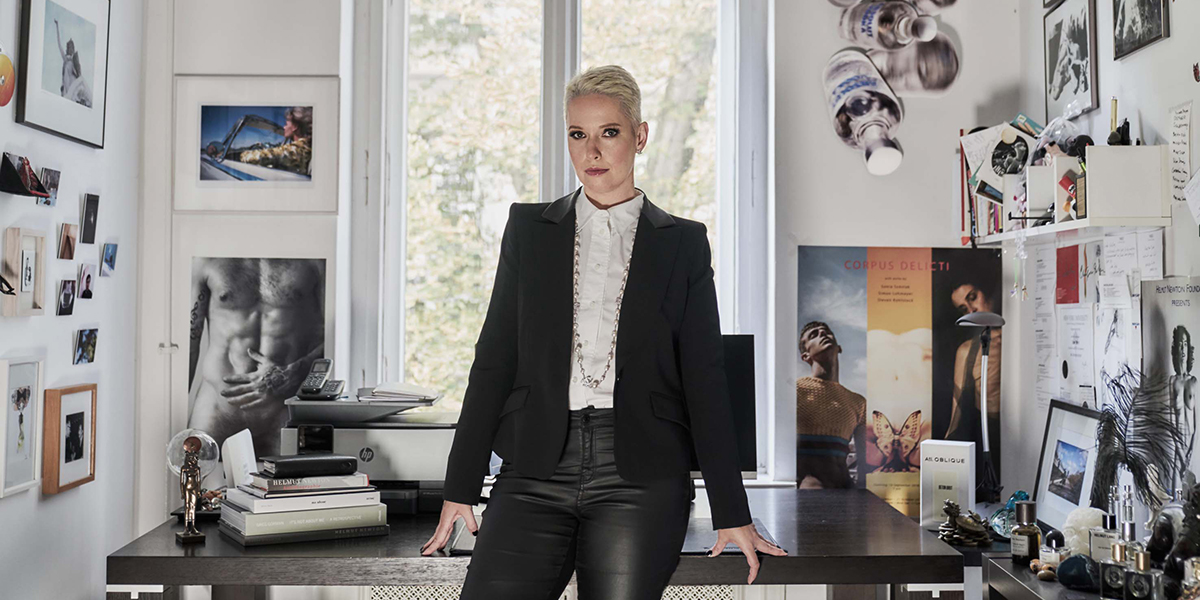
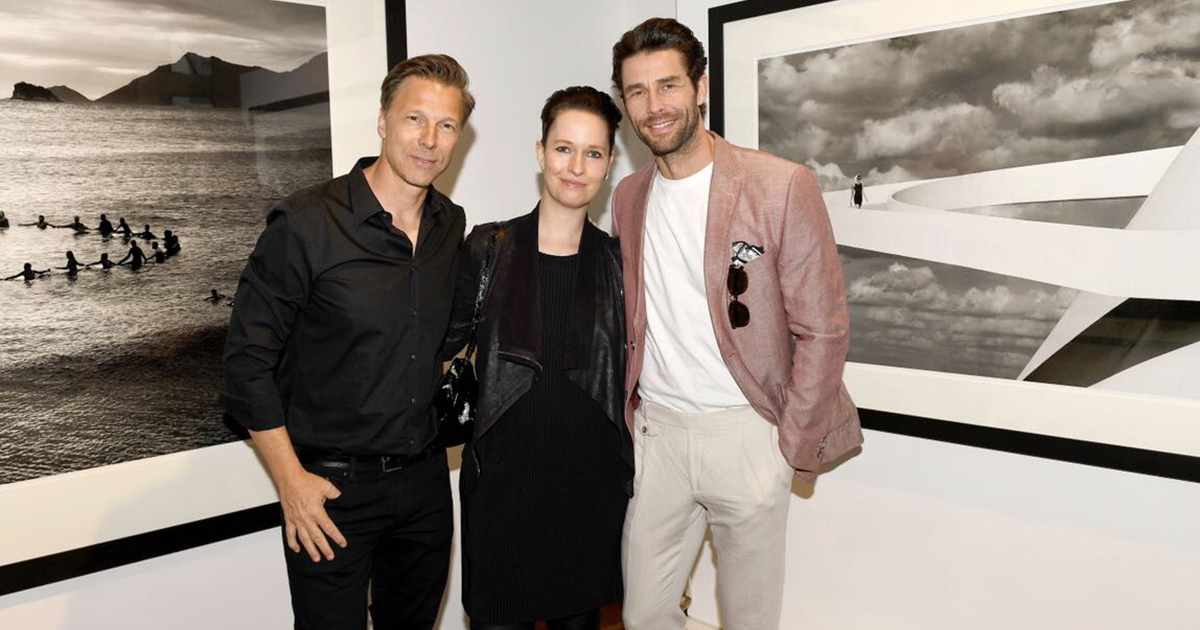

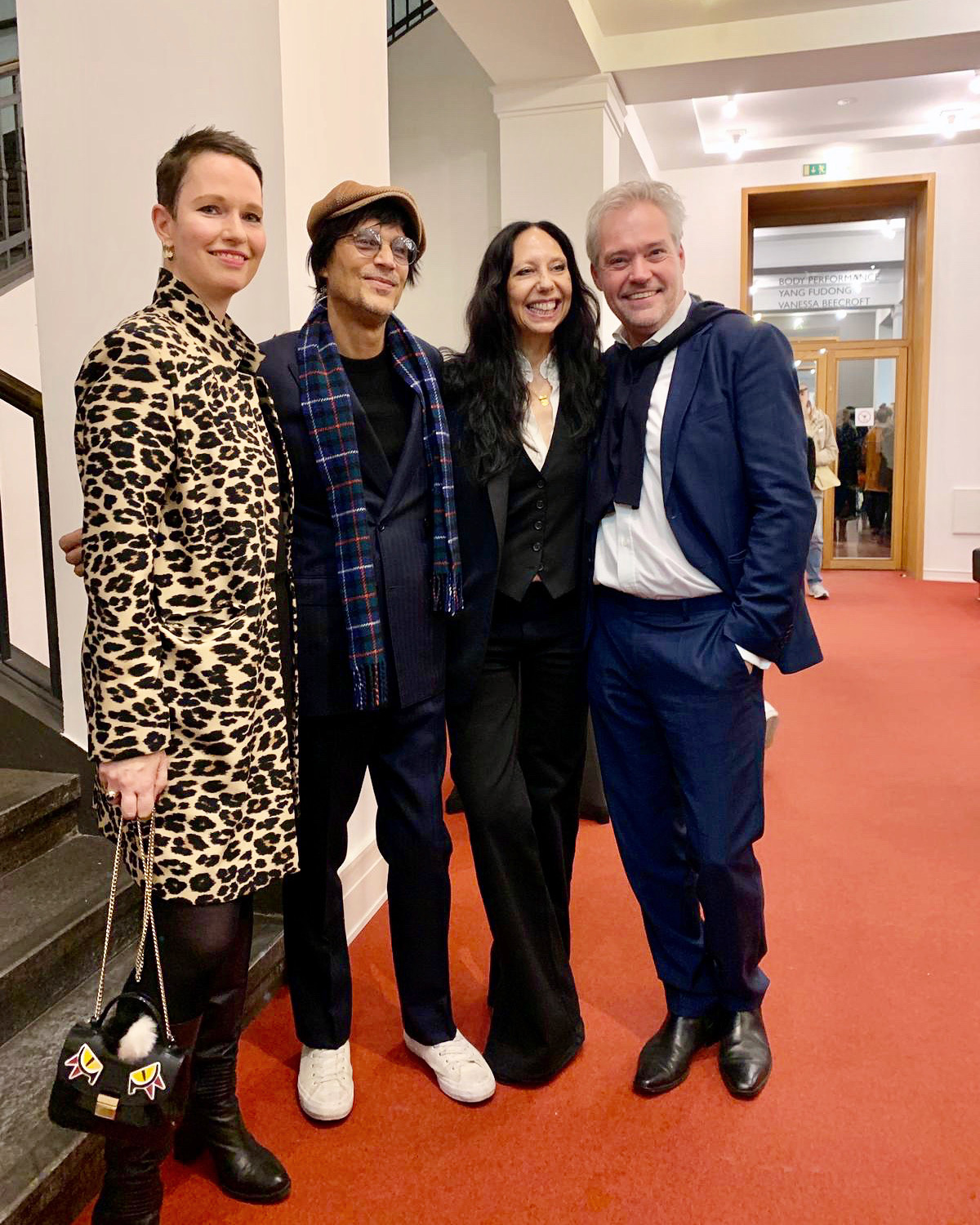
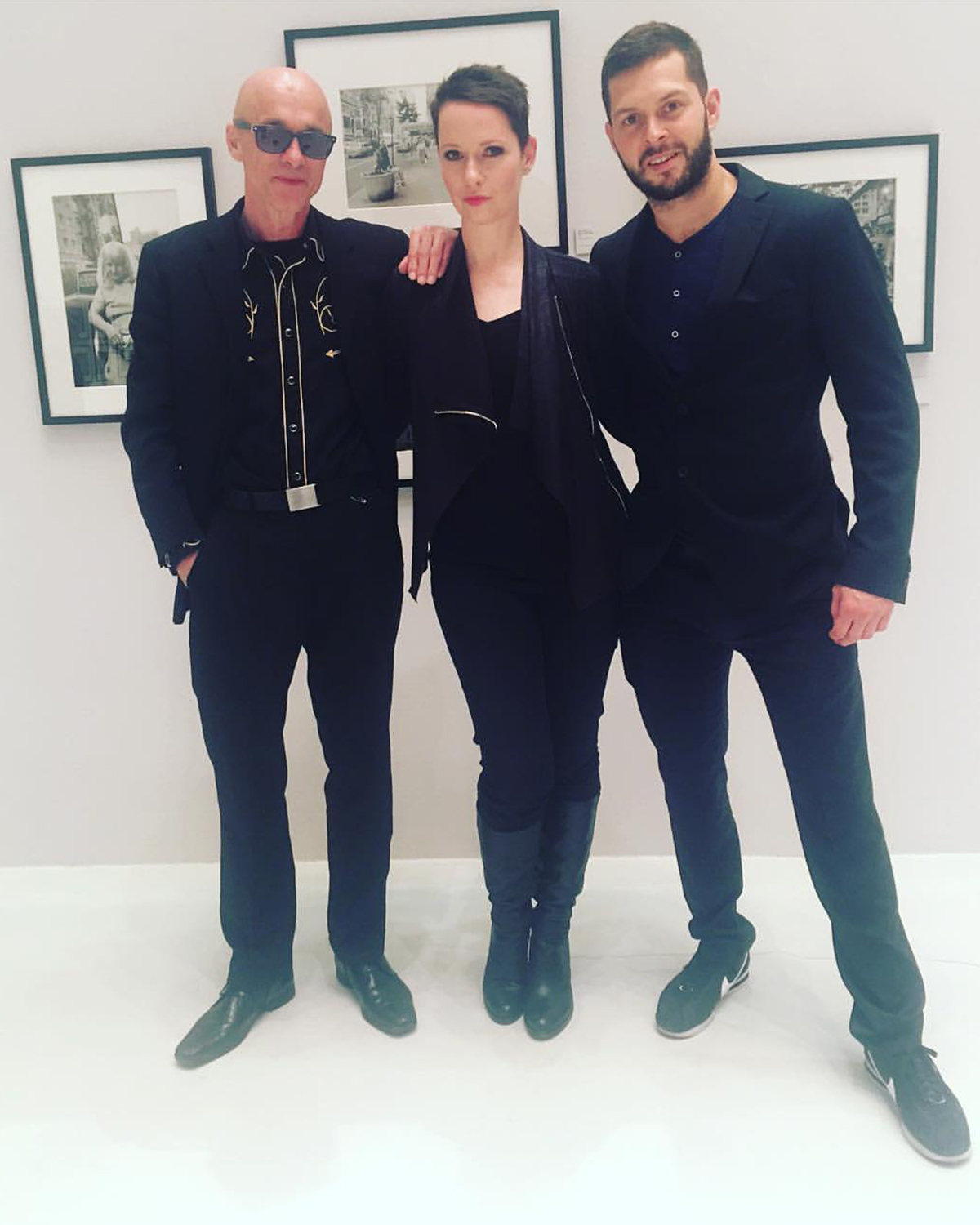

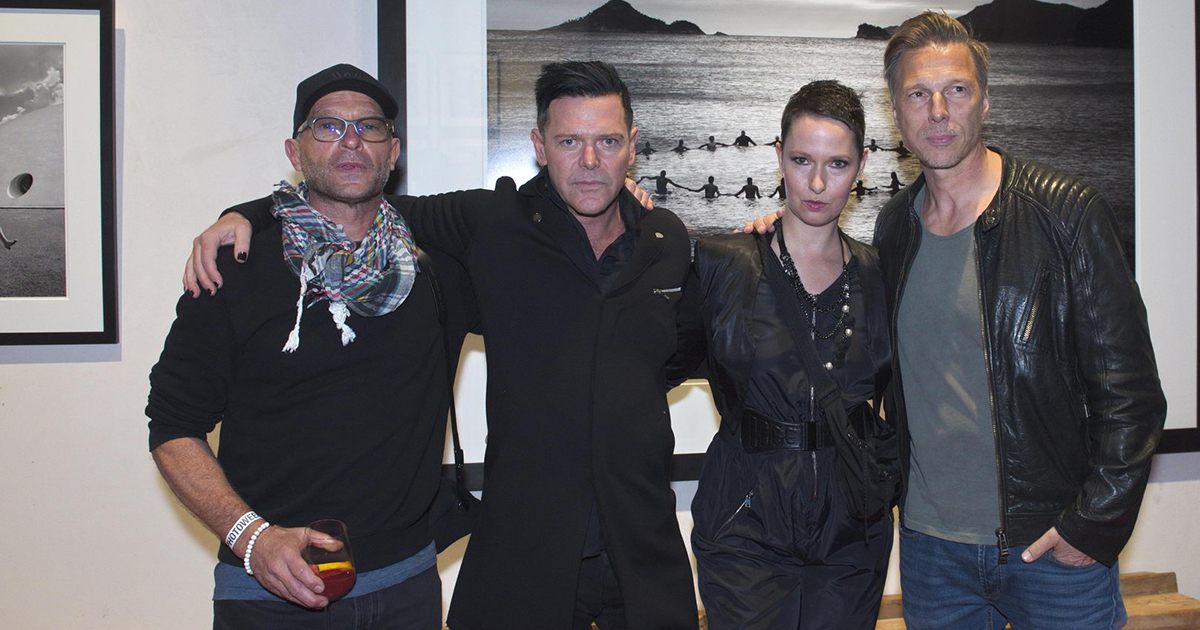
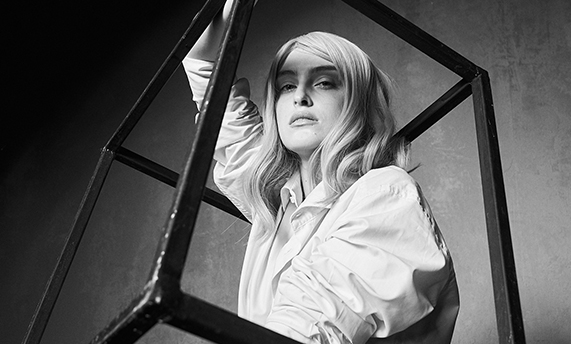
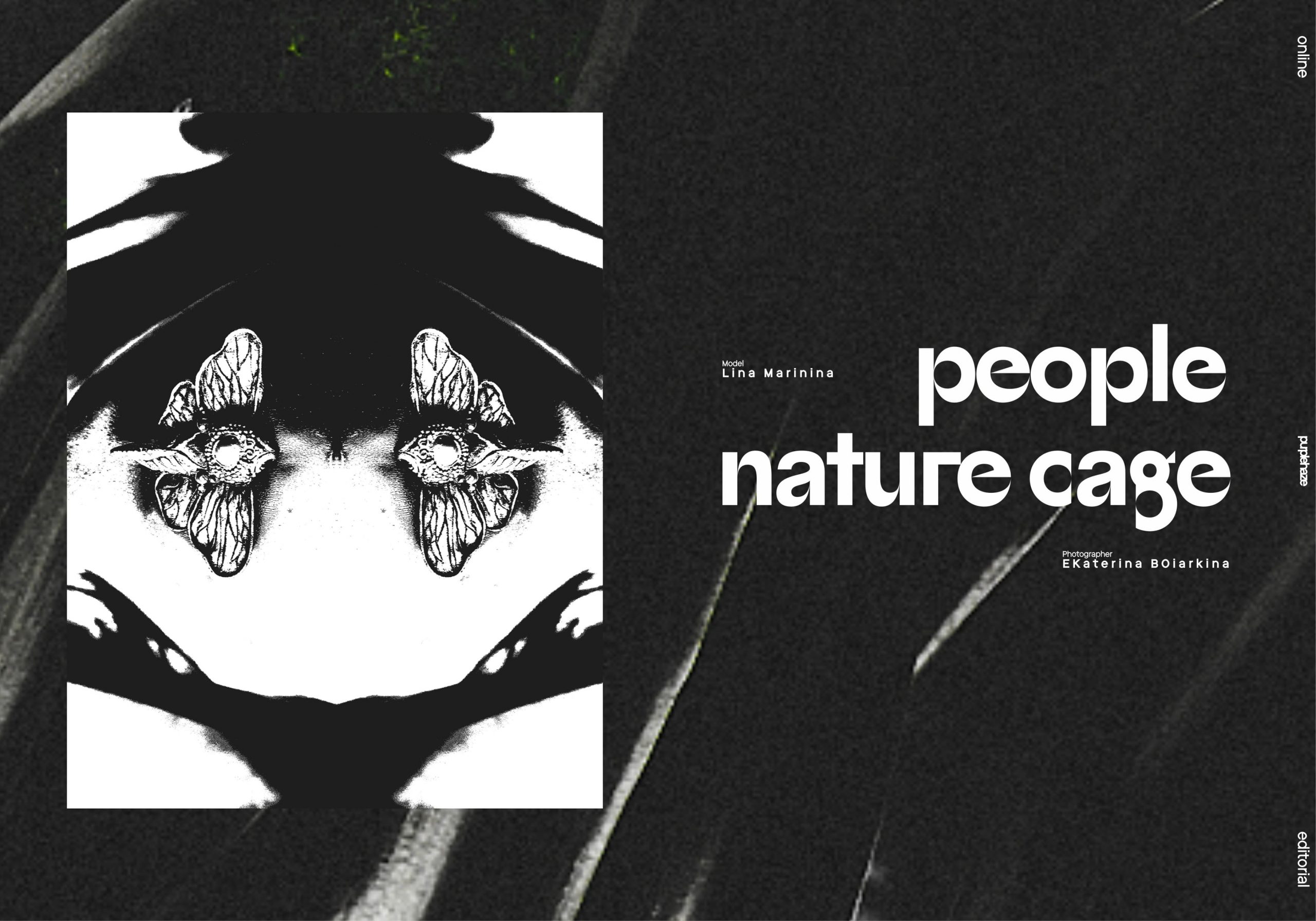
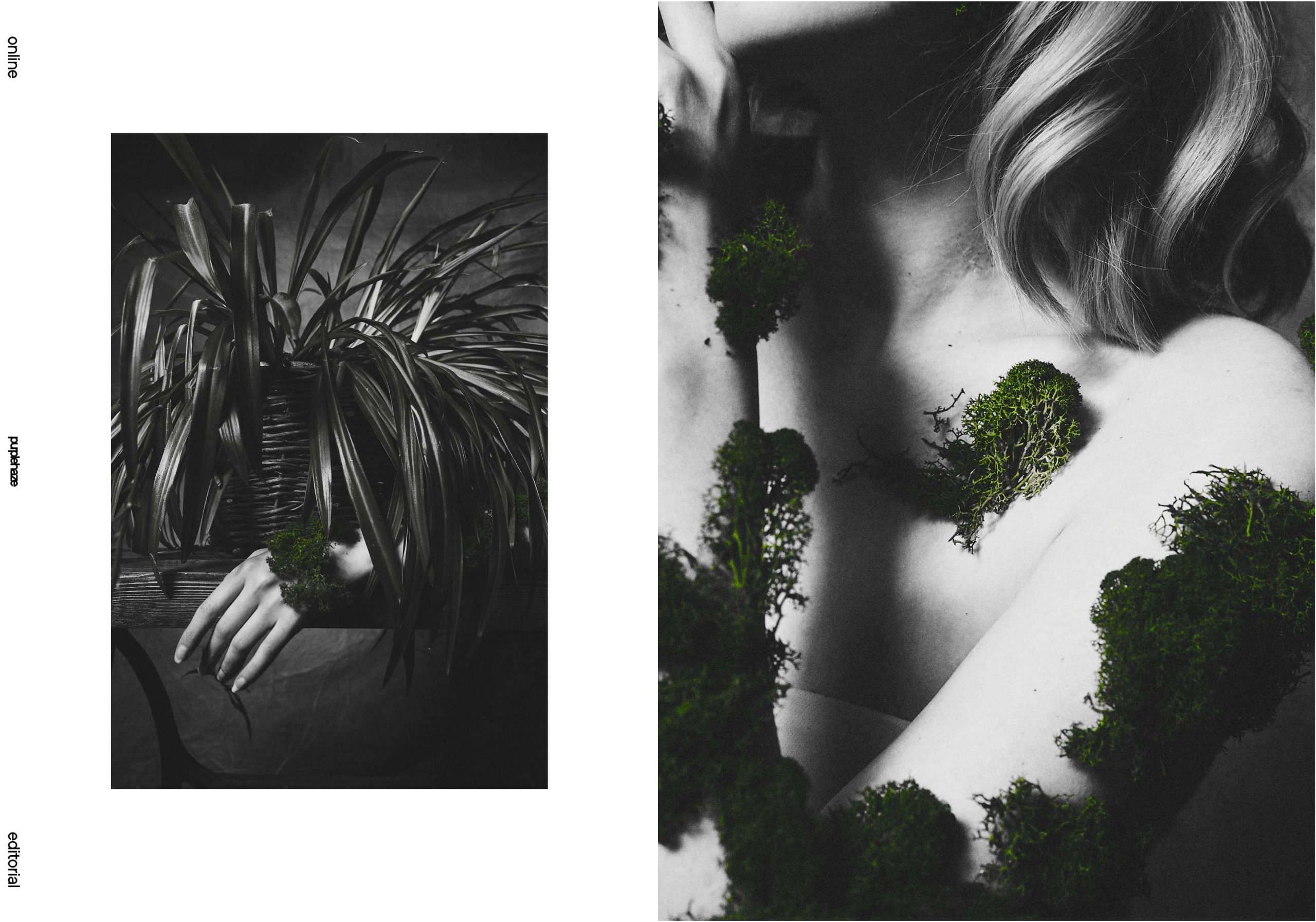
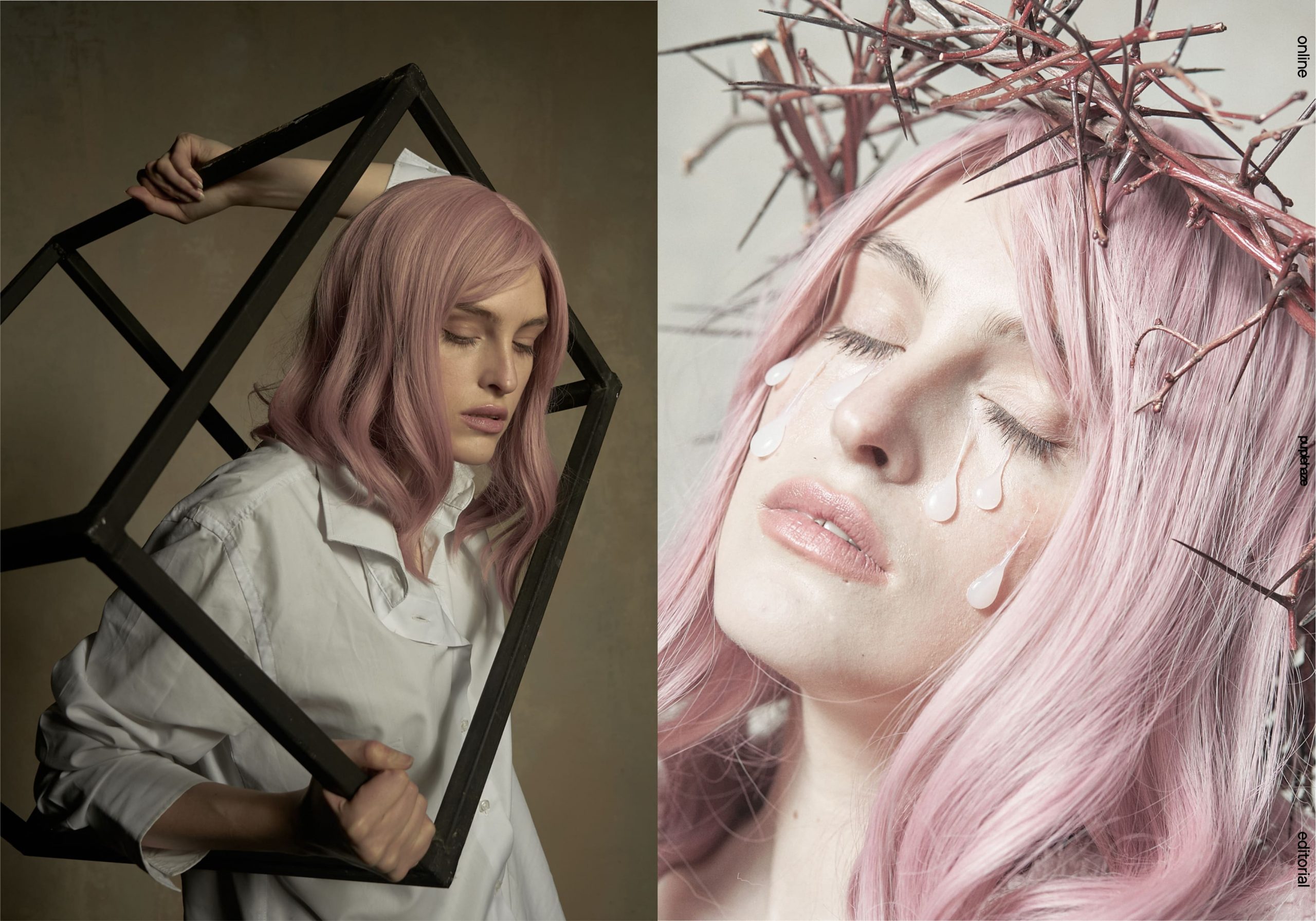
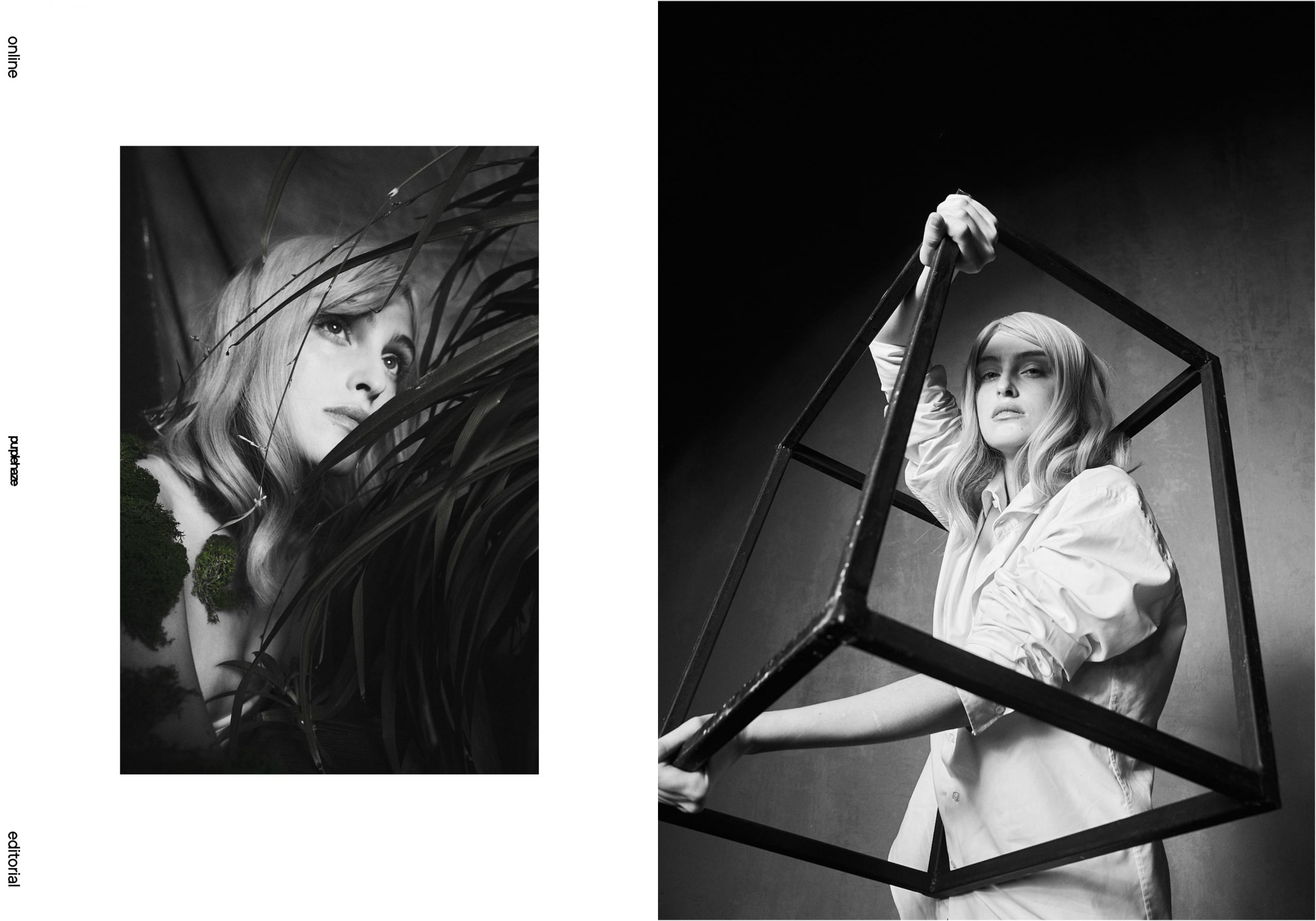
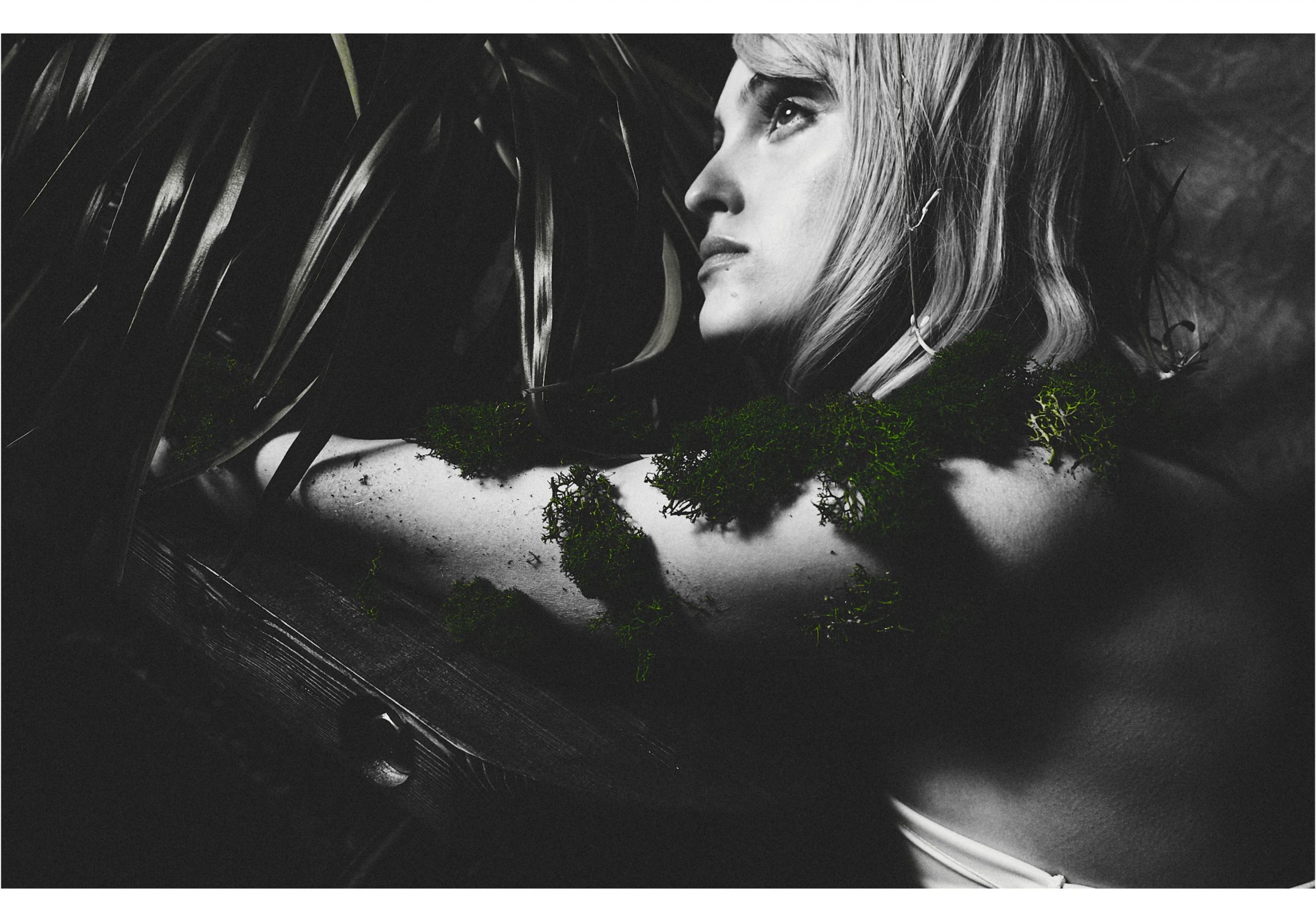
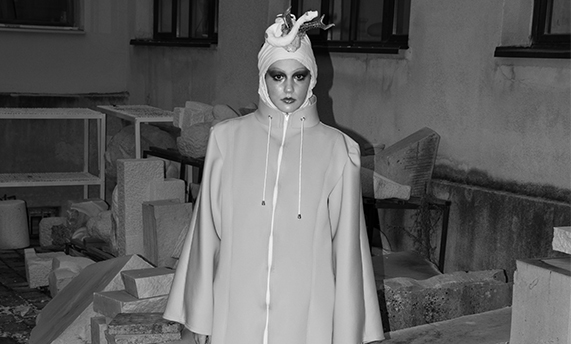

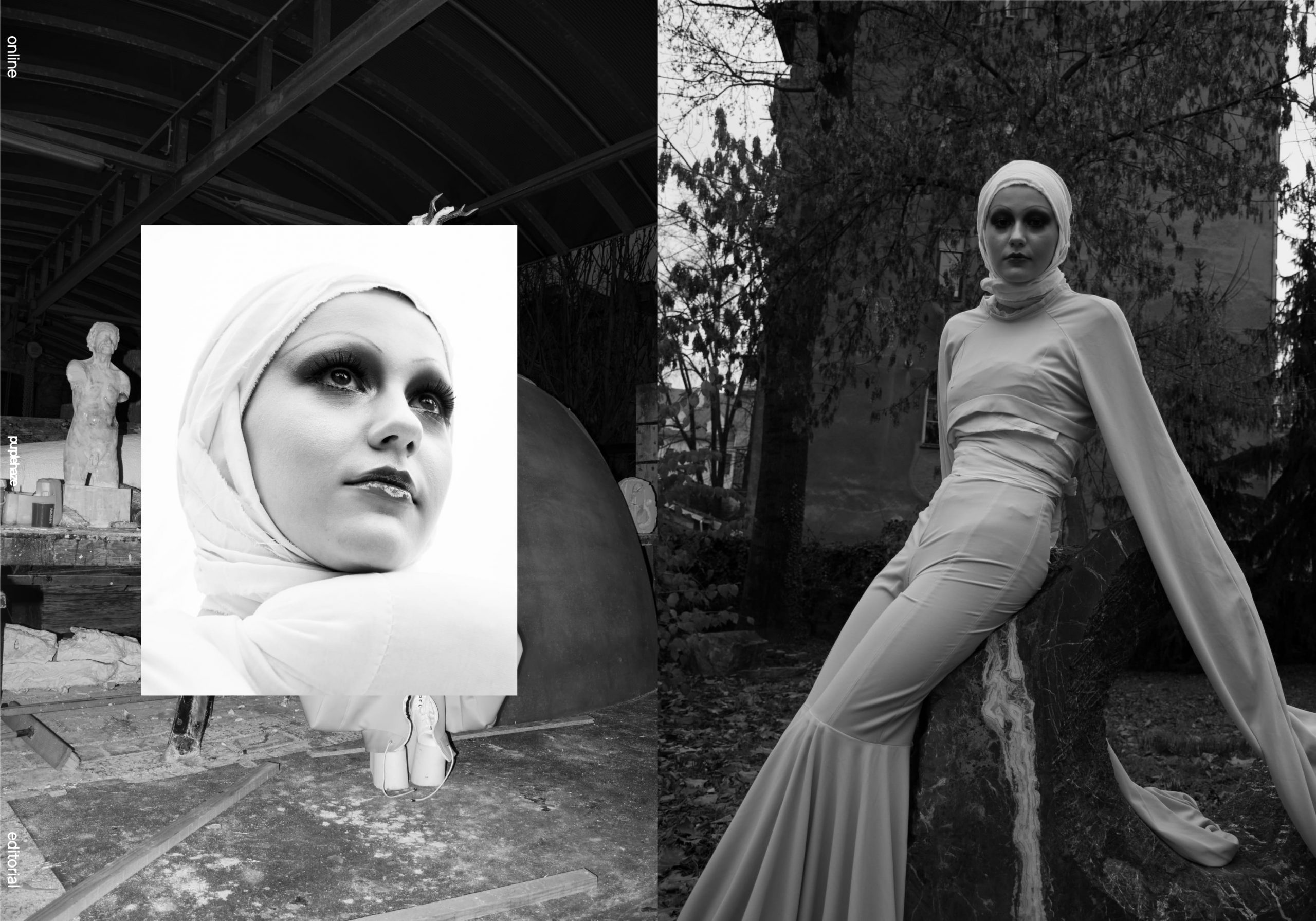
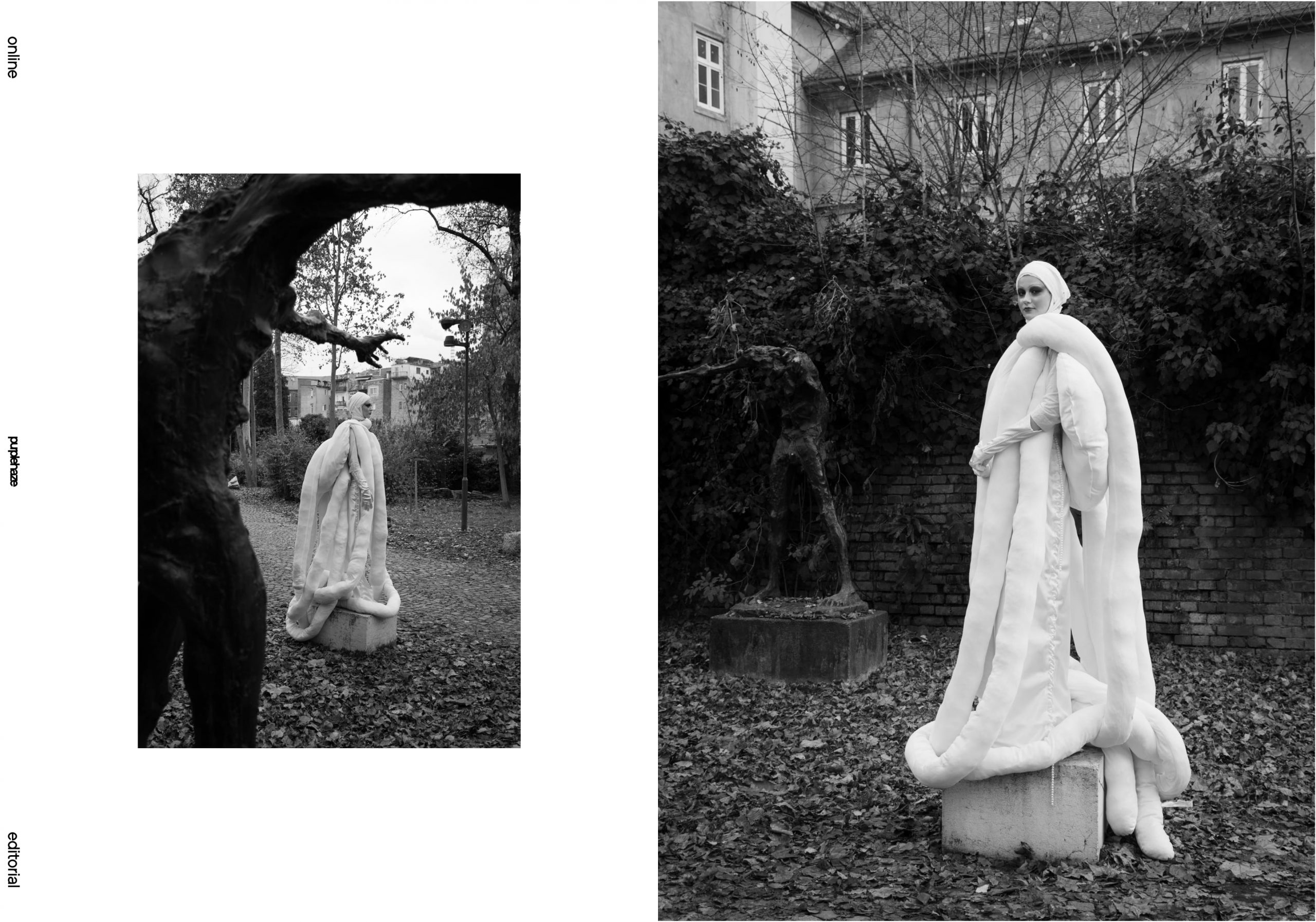
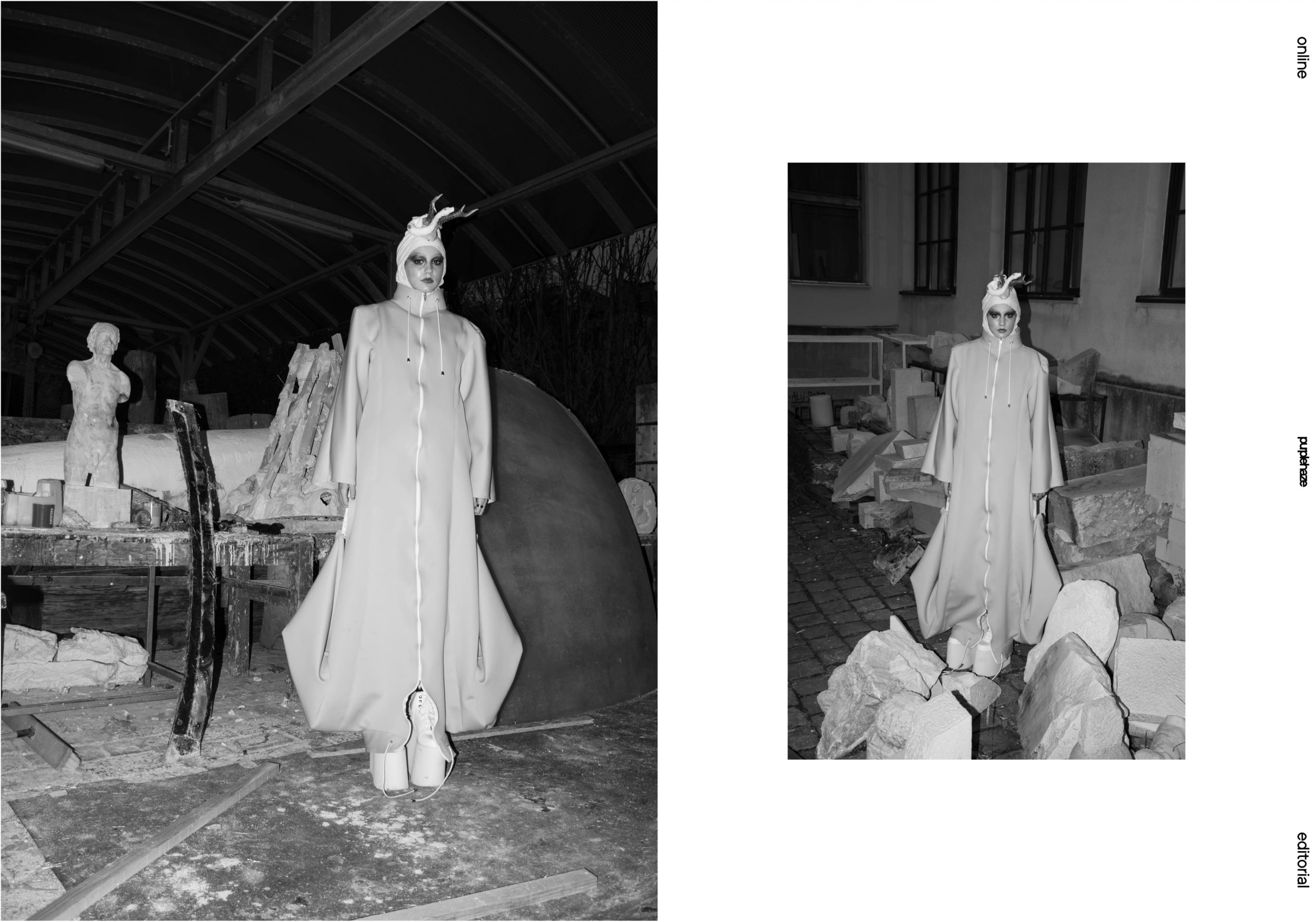
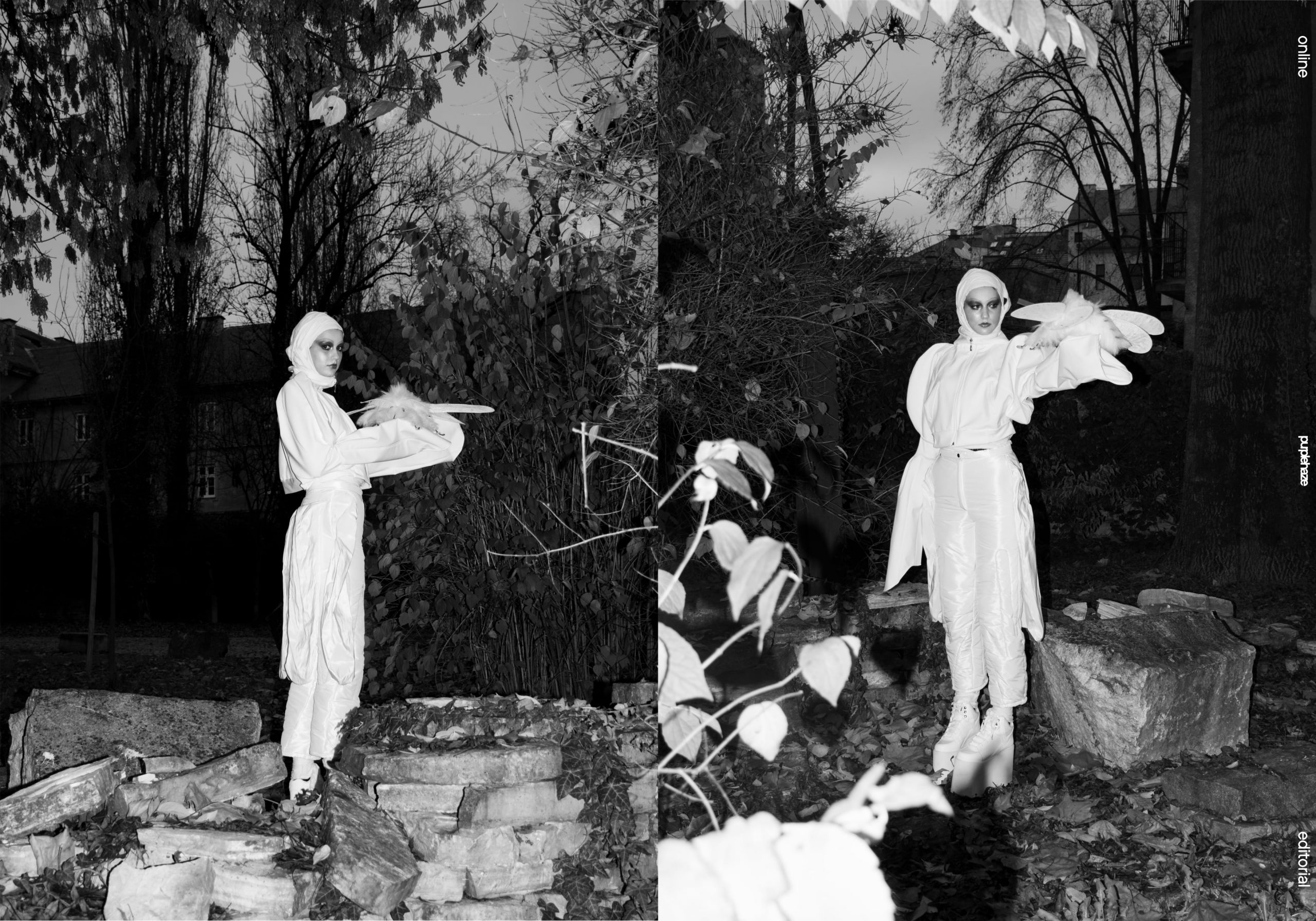
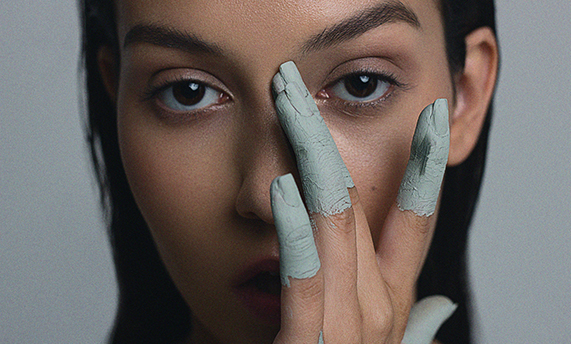




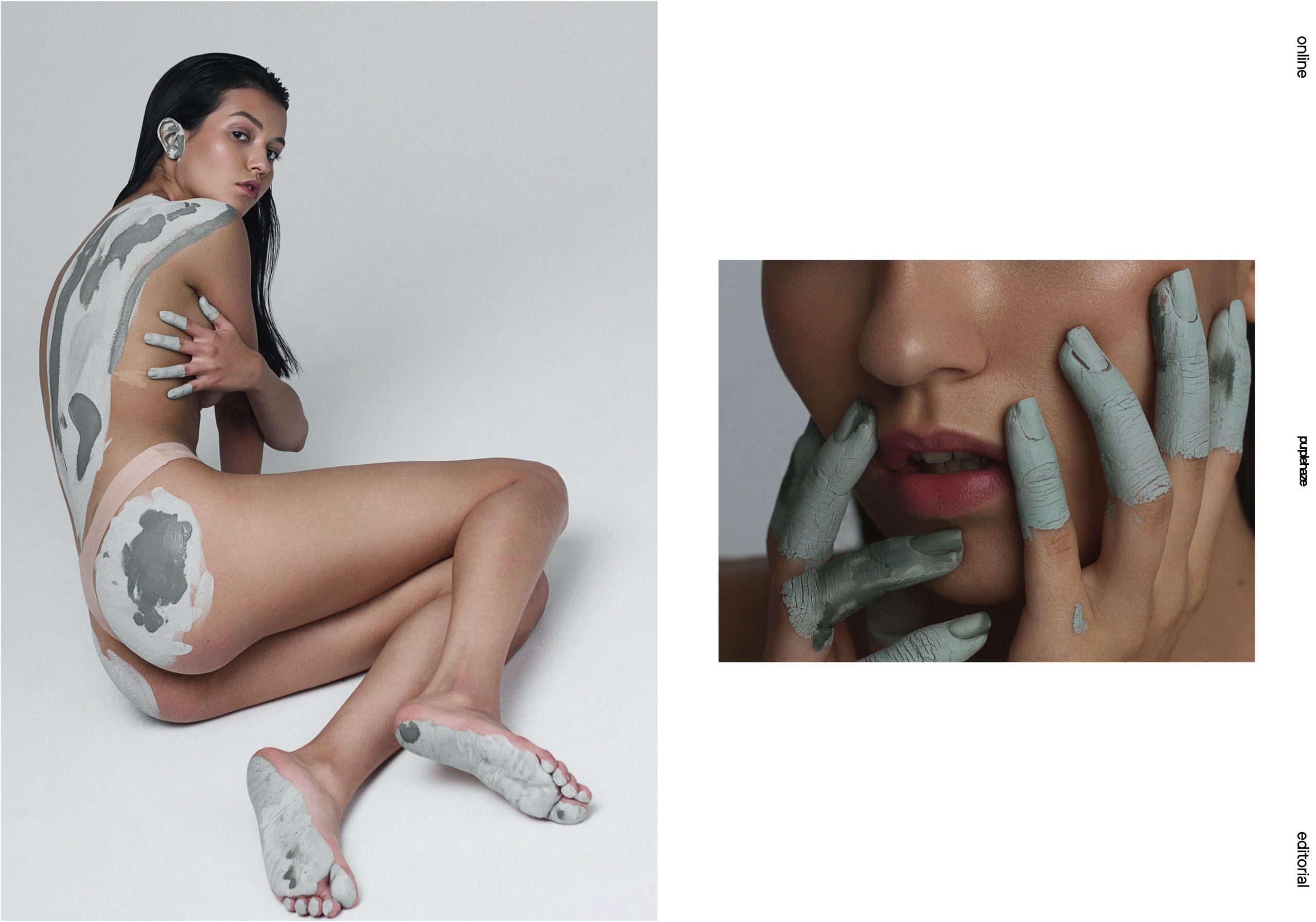








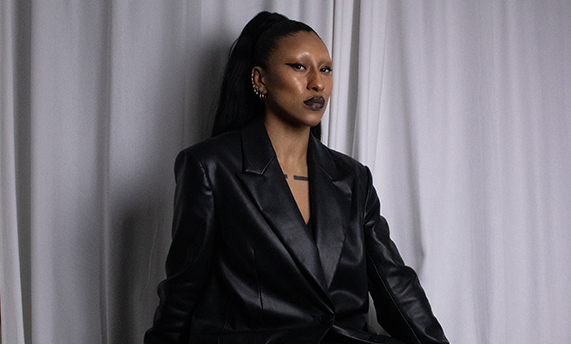
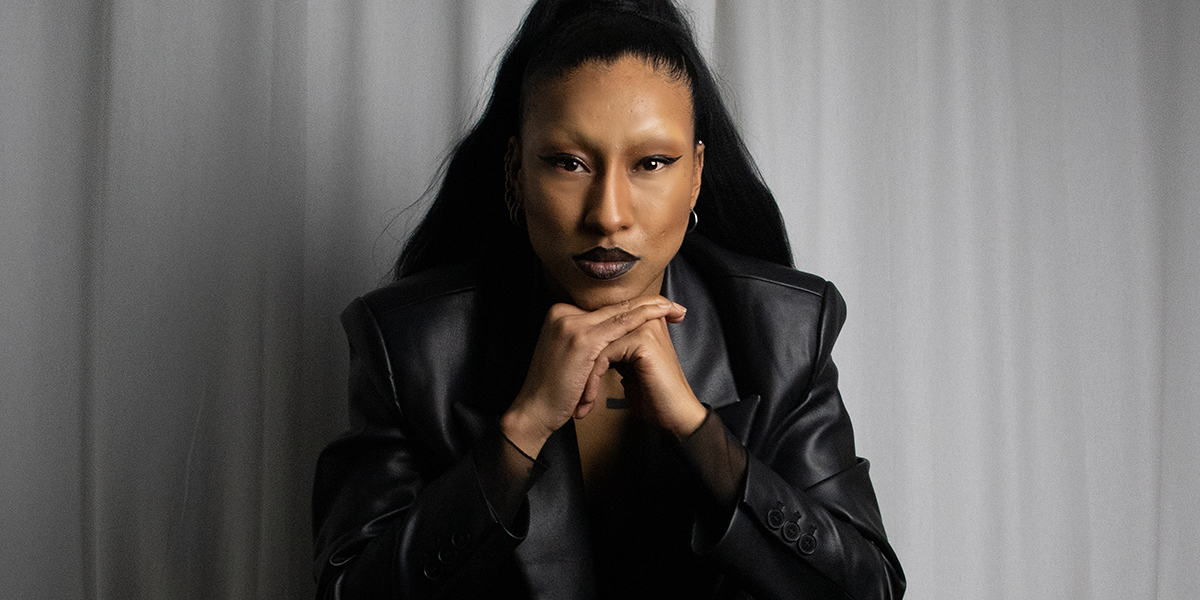






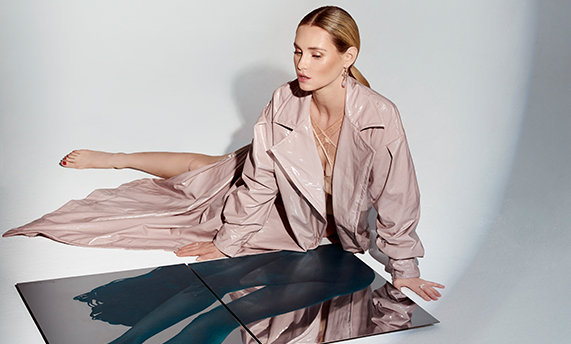
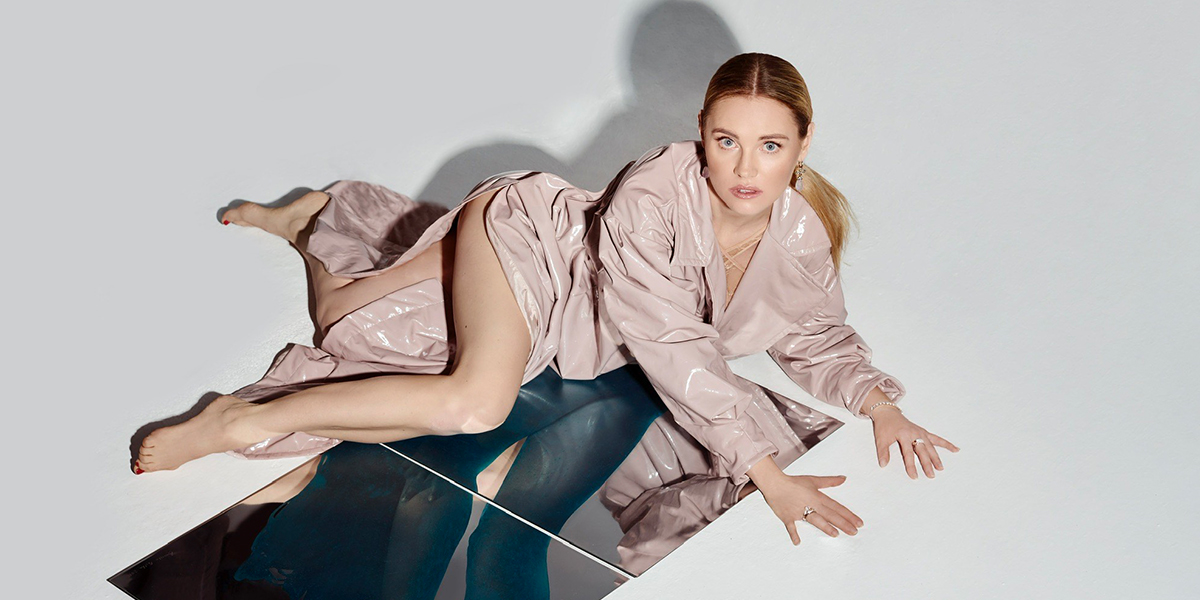

Neueste Kommentare